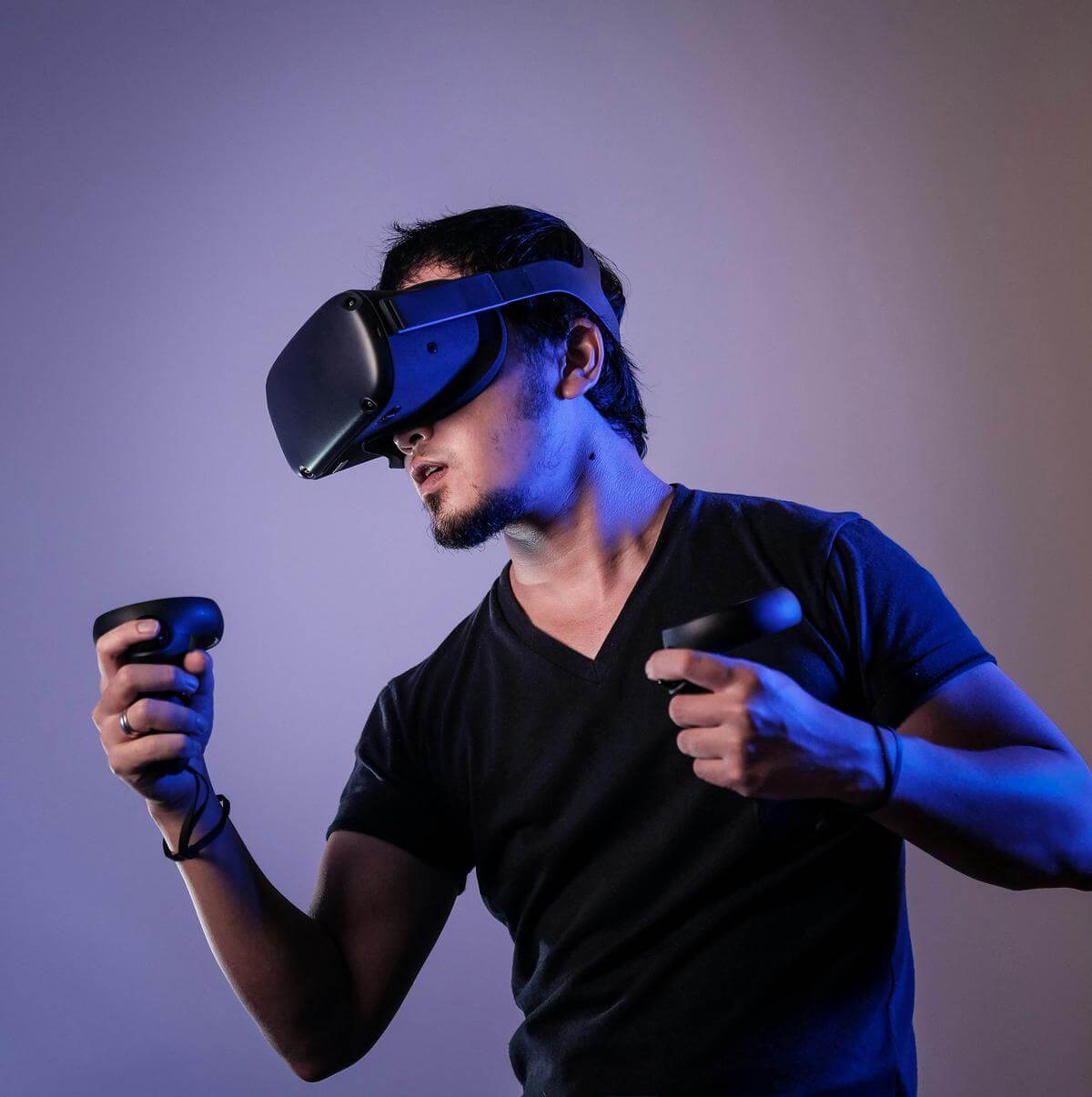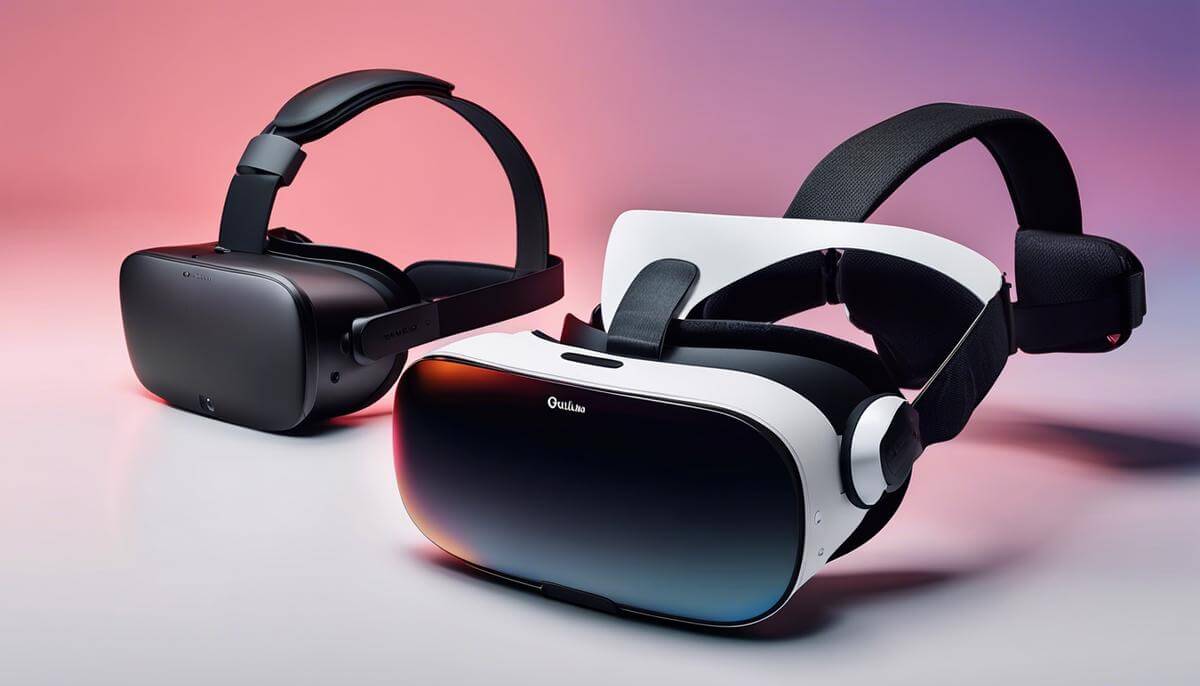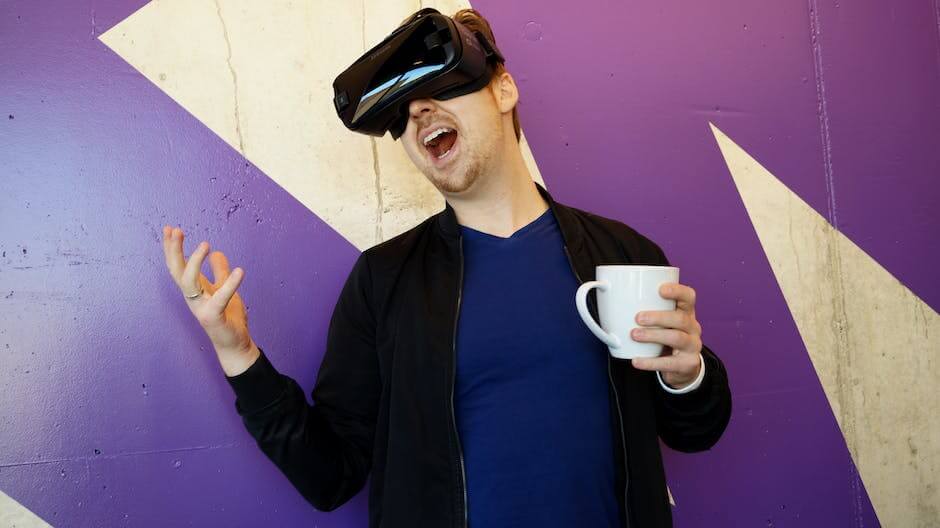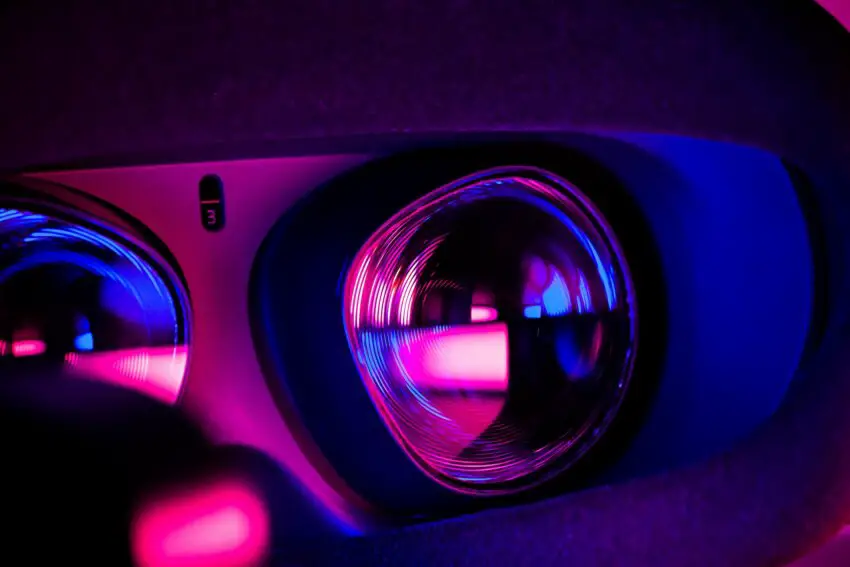We may earn money or products from the companies mentioned in this post.

Virtual Reality: An Introduction
Welcome to the frontier of virtual worlds where the veil between reality and the digital realm grows ever thinner. Virtual Reality (VR) technology is undergoing a renaissance, with advancements surging forward at an unprecedented pace. From increased fields of view to crystal-clear resolutions and wireless freedoms, each breakthrough promises an even more immersive and lifelike experience. As you strap on a VR headset today, you’re not just stepping into a game or a simulation; you’re pioneering an entirely new way of interacting with information and digital environments. This exploration will guide you through the latest trends, the leading headsets that are capturing the market’s attention, and the essential know-how for setting up and maintaining your virtual gateway. Whether you’re a seasoned tech enthusiast or a curious newcomer, prepare to embark on a journey into the heart of current and future VR landscapes.
Current VR Technology Trends
Virtual Reality (VR) is transforming, driven by advancements in technology and shifting user expectations. Current trends suggest a future where VR becomes more immersive, interactive, and integrated into everyday life. One significant trend is the push towards wireless headsets, with companies such as Oculus releasing models that eliminate the need for cables. This evolution enhances user freedom and paves the way for more dynamic experiences, unencumbered by physical constraints.
Another focus is the increase in resolution and field of view in VR headsets, aiming to match the human eye’s capabilities. This quest for visual fidelity is crucial, as it reduces the discomfort known as ‘motion sickness’ and leads to more prolonged and comfortable VR sessions. Beyond entertainment, VR is branching into diverse sectors, such as education, where immersive simulations can enhance learning, and healthcare, where VR assists in patient rehabilitation and therapy.
The incorporation of artificial intelligence (AI) into VR systems is also shaping the landscape. AI algorithms can personalize virtual environments to users’ preferences, making experiences more engaging. They also enable more natural interactions within VR, such as improved speech recognition and gesture-based controls, forging a path towards a seamless blend between virtual and physical domains.
As VR continues to evolve, it’s apparent that the emphasis is on creating an ecosystem where users can not only consume content but also create and share it. With VR platforms supporting live events, social spaces, and collaborative work environments, the technology is rapidly moving beyond gaming. It is laying the groundwork for a connected virtual society that augments the physical world, indicating that the future of VR is not just about what we see, but how we interact within these digital realms.

Best VR Headsets in the Market
In the market of virtual reality, two headsets are currently leading the pack, delivering unparalleled immersive experiences to users: the Oculus Quest 2 and the Valve Index. Despite sharing the VR stage, these devices cater to distinctly different user segments, each with its unique set of features and capabilities.
The Oculus Quest 2, now known as the Meta Quest 2 after Facebook’s rebrand to Meta, stands out as a versatile all-in-one VR solution. Its wireless design is a game-changer, liberating users from the constraints of cables and allowing complete freedom of movement. The Quest 2’s impressively high-resolution display bolsters image clarity, enhancing user immersion substantially. Furthermore, the headset’s integration with the Meta ecosystem offers a plethora of content, ranging from gaming and entertainment to fitness and social experiences. Accessibility is one of the device’s strong suits – with its aggressive pricing strategy, the Quest 2 has successfully democratized virtual reality, making it a household name.
In contrast, the Valve Index caters to VR aficionados seeking the zenith of high-fidelity VR experiences. Priced at a premium, it commands its position in the market through best-in-class specifications, including a high refresh rate and a wide field of view, both crucial for an ultrarealistic virtual presence. The Index’s finger-tracking controllers enable intricate interactions within VR, pushing the bounds of digital manipulation. While its tethered nature binds users to a powerful PC, the no-compromise performance justifies the setup for those who prioritize raw immersive power.
Both headsets encapsulate the current state of VR technology, offering distinct pathways to virtual worlds, whether through ease and accessibility or through cutting-edge, high-end immersion. As the landscape evolves, these devices continue to shape virtual reality, ensuring users are ever only a headset away from stepping into alternate dimensions.

VR Headset Setup and Maintenance
Maintaining Optimal Performance in VR Headsets: Setup and Care Essentials
For virtual reality enthusiasts seeking the most immersive experiences, keeping a VR headset in prime condition is crucial. Proper setup and regular maintenance can significantly enhance the longevity and performance of the device. One key aspect in setting up a VR headset is ensuring it is calibrated to the user’s unique specifications. This personalized calibration not only improves comfort during prolonged use but also enhances the accuracy of head-tracking—essential for maintaining immersion and preventing motion sickness. Furthermore, careful adjustment of the straps and careful alignment of the lenses, according to the inter-pupillary distance (IPD), can drastically improve the visual fidelity and comfort.
On the maintenance front, cleaning a VR headset demands a gentle approach, especially with regards to the lenses. Using a microfiber cloth can effectively remove smudges and fingerprints without scratching the surface. For persistent dirt, a small amount of alcohol-free and ammonia-free cleaning solution can be applied. It’s important to power off and disconnect the headset before cleaning and to avoid direct contact with moisture. Dust caps or a dedicated protective case are recommended for storage, as they shield the device from environmental damage. Software updates should not be overlooked; they deliver improvements and new features that can refine performance over time. Regular updates ensure that VR enthusiasts are enjoying the highest quality experience with the latest enhancement and security protocols in place.
For those who maximize their virtual reality endeavors, adherence to these setup and maintenance guidelines can lead to a seamless and captivating VR experience. By treating the headset with care and keeping abreast of technical updates, users can dive into digital worlds with confidence, enjoying the pinnacle of virtual reality innovation. Remember, the condition of the hardware is as pivotal as the sophistication of the software it runs.

Future of VR and Industry Impact
The proliferation and enhancement of virtual reality (VR) technology signify transformative promises for several sectors beyond its current grasp. The entertainment and gaming industries have been spearheads in adopting VR, yet its tentacles are now extending into realms such as real estate, where immersive virtual tours can provide prospective buyers with an unparalleled sense of space without geographical constraints. In architecture, VR enables designers to step inside their blueprints, adjusting and experiencing spatial dynamics in real-time, revolutionizing the iterative process of design.
Retailers, too, are harnessing VR’s potential to create engaging shopping experiences. By simulating store layouts, they provide a sensory-rich form of online shopping that could redefine consumer behavior, potentially reducing return rates by offering a more accurate depiction of products. In the training and education sectors, VR prepares professionals for high-stakes environments, such as in aviation where pilots refine their skills within virtual cockpits, or in hazardous occupations that require emergency response training without any real-world risks.
Moving forward, the integration of VR into marketing strategies will likely grow more sophisticated. Potential customers could virtually interact with products, from test-driving vehicles to experimenting with home decor, thus establishing a new era of consumer engagement. As VR technology evolves, it is not improbable to forecast the birth of a fully-fledged virtual economy, complete with its jobs, services, and currencies, dramatically altering the fiber of societal structures and interactions. The trajectory for VR is set for an influential path, shaping industry practices and consumer experiences with its cutting-edge capabilities.

The venture into the realm of virtual reality is an ongoing journey, one that continually reshapes our perception of what is possible. As we peer into the future, the proliferation of VR technology promises to disrupt traditional methods and foster innovation in every corner of society. From transforming the way we play and learn to revolutionizing professional training and therapeutic practices, VR stands at the cusp of changing the very fabric of our daily lives. Embracing these virtual frontiers requires not just awareness but readiness to adapt and thrive in a world where the physical and digital confluence is the norm. So tighten the straps of your headset, calibrate your sensors, and prepare for the boundless adventures that await in the ever-expanding universe of virtual reality.
You Might Also Like – Tech to Help You Sleep

